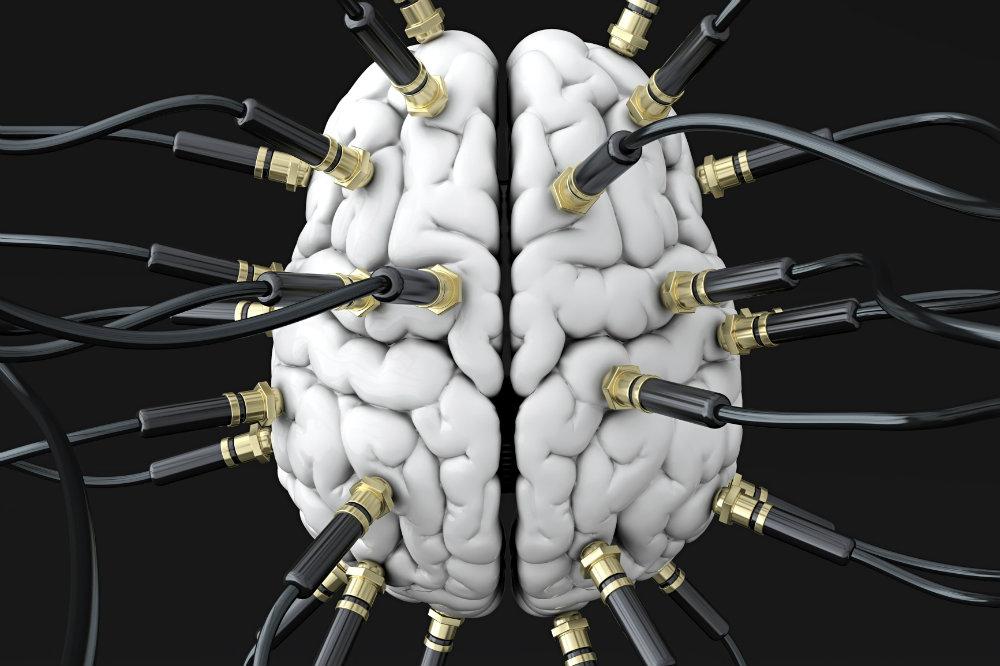The ways in which technology controls our minds may go eerily beyond our habits of blindly following GPS directions or instantly Googling something instead of thinking about it.
The technology already exists to implant and erase memories in the brain, and to use one person’s mind to control another person’s actions. On the flip side of technological invasions into our minds, interesting gadgets are increasingly being invented that can be controlled with the mind, hands-free.
The machine-mind meld is a fascinating phenomenon, with something perhaps a little creepy about it.
Scientists are able to implant and erase memories in rats’ brains—and maybe human brains are next?
A team led by Roberto Malinow, a neuroscientist at the University of California, San Diego, used light to activate neurons. They inserted a light-sensitive protein into the rat brain along with an implant that could produce a pulse of light. They used this method to stimulate neurons that connect a part of the brain related to fear and a part related to processing sound. The effect was similar to the association produced in a rat conditioned by shocks to fear a particular sound.






